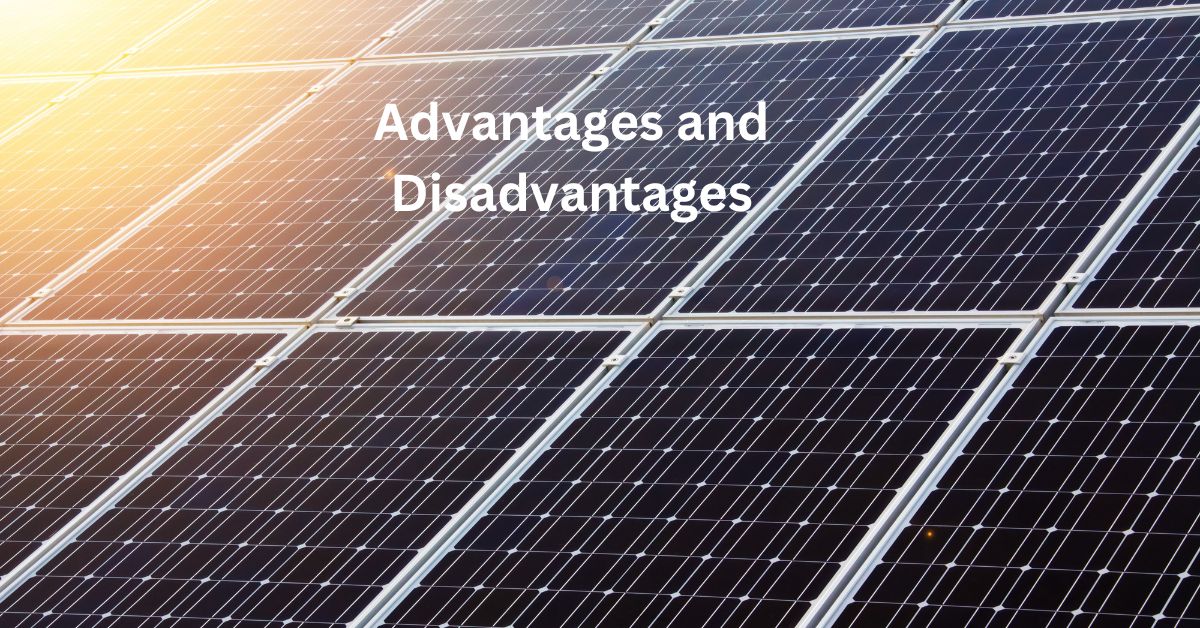As we explore the world of renewable energy, we often encounter numerous myths about solar panels that can cloud our judgment. These misconceptions affect people’s decisions about adopting solar power. So, it’s crucial to separate fact from fiction. In this article, we’ll shine a light on some common solar power myths and uncover the truth behind them.
We’ll take a closer look at ten widespread beliefs about solar panels and break them down one by one. We’ll explore the facts behind each myth. There are concerns about cost, efficiency, maintenance, and environmental impact. By the end of this article, we’ll better understand solar tech. It has the potential to change our energy landscape. Let’s dive in and debunk these solar panel myths together!
Myth 1: Solar panels are too expensive
I’ve heard a lot of people complain that solar panels are too expensive, but the data dispels this misconception. A 7-kW system costs $13,000 to $20,000 on average. So, the initial cost can be high. But, we must consider the long-term benefits.
Initial Expenses versus Long-Term Benefits
Solar panels have a high initial cost, but they save a lot of money over time. With the present energy costs and production rates, we should be able to break even in approximately eight years. We are looking at 17 to 22 years of straight savings, as solar panels last 25 to 30 years. Over the system’s lifespan, this might result in electricity cost reductions of between $25,500 and $33,000.
Government incentives and tax credits
There are several incentives available to increase the accessibility of solar energy. For systems implemented between 2022 and 2032, a 30% tax credit is available through the federal Investment Tax Credit (ITC). That amounts to a $6,000 decrease in our tax payment for a $20,000 system. Incentives and refunds abound in many areas, which further drives down the final cost.
Options for Financing
If we lack the funds upfront, several financing choices are available. These consist of government loan programs, home equity financing, and personal loans. Even some solar companies provide financing options of their own. We won’t need to make a significant upfront investment to begin taking advantage of solar energy with these possibilities.
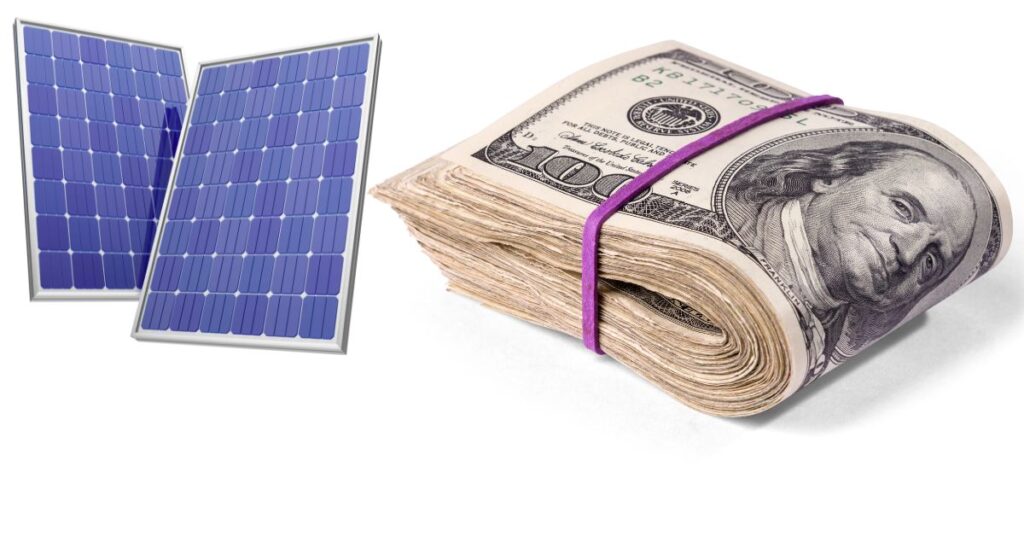
Myth 2: Solar Panels Don’t Work in Cold or Cloudy Climates
People often say solar panels are useless in cold or cloudy climates, but this is far from the truth. Let’s debunk this myth by looking at how solar panels perform in various weather conditions.
Performance in Various Weather Conditions
Solar panels use sunlight, not heat to create power. The efficiency of energy production can be increased by cold weather. Solar panels can still function on cloudy days, albeit at a decreased capacity. They can produce energy from diffuse or indirect sunlight, although their output will only be between 10 and 25 percent of what it would be on a sunny day.
Effectiveness in Low Temperatures
Unexpectedly, cooler weather seems to benefit solar panel performance. Lower temperatures cause the voltage output to rise, which boosts efficiency. Studies reveal that panels begin to lose efficiency at 77°F. This makes sunny, cold days perfect for producing solar energy.
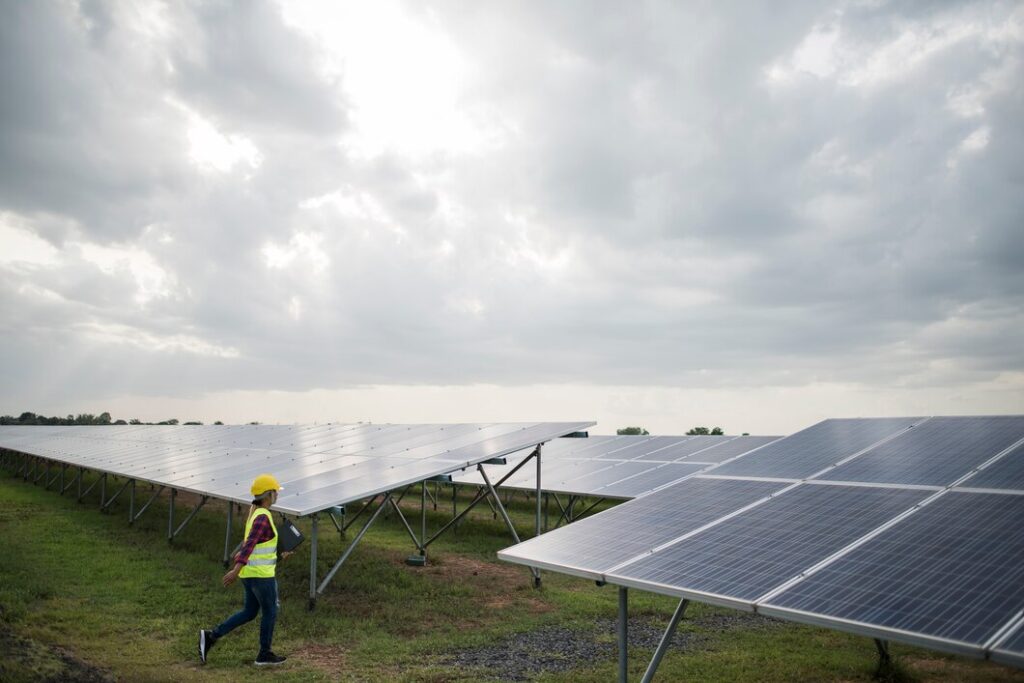
Energy Production on Cloudy Days
While cloudy weather does reduce productivity, it doesn’t stop energy generation completely. Germany, which has over 200 partially cloudy or cloudy days annually, accounts for about 25% of the world’s solar power output. This proves that solar power is viable even in less sunny regions.
Myth 3: Solar panels require extensive maintenance
I’ve discovered solar panels require minimal upkeep. They have no moving parts, which means there’s little wear and tear. We only need to clean them two to four times a year, using a leaf blower or garden hose. This simple cleaning helps maintain efficiency, as soiling can cause up to 7% energy loss annually in some areas.
Durability of Solar Panels
Wind, rain, snow, and even hail are just a few of the extreme conditions that solar panels are designed to survive. They escaped Hurricane Florence in North Carolina with little damage because they were so resilient.
Cleaning Conditions
You can clean effectively with a vinegar mixture or a simple dish soap and water solution. The cost of expert cleaning ranges from $150 to $300, or $15 to $30 per panel. But we can certainly do it ourselves with a gentle cloth or sponge.
Coverage of Warranty
Manufacturers typically provide a 25-year warranty that covers both performance and product problems. This long-term safeguard guarantees the security of our investment for many years to come.
Myth 4: Solar Panels Will Damage Your Roof
I’ve heard concerns about solar panels damaging roofs, but this myth doesn’t hold up under scrutiny. When installed correctly, solar panels can benefit your roof.
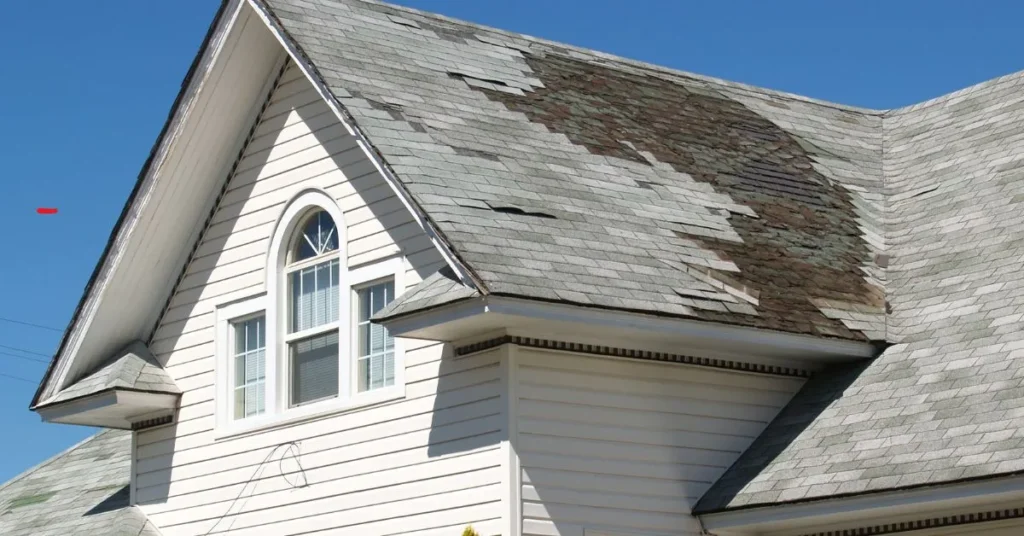
Installation Process and Roof Protection
Professional installers use specialized mounting systems that don’t compromise your roof’s integrity. They employ either clamp systems or ballasted racking, which don’t require drilling holes. Proper sealants and flashing prevent water damage, ensuring your roof remains watertight.
Benefits of Solar Panels for Roof Longevity
Surprisingly, solar panels can extend your roof’s lifespan. They act as a protective barrier against harsh weather conditions and harmful UV rays. Studies show that solar panels can even cool your home’s interior by up to 5 degrees Fahrenheit. This added protection and temperature regulation can significantly prolong your roof’s life.
Importance of Professional Installation
To ensure your roof’s safety, it’s crucial to hire certified professionals. They have the expertise to assess your roof’s structural integrity and choose the appropriate mounting system. Many reputable installers offer warranties, providing peace of mind and protection for your investment.
Myth 5: Solar panels are not efficient enough
I’ve often heard people question the efficiency of solar panels, but the reality is quite different. Let’s look at the facts.
Current Efficiency Rates
Today’s solar panels are more efficient than ever. Most commercially available panels have an efficiency between 15% to 20%. Top manufacturers like SunPower and Canadian Solar offer panels with 22.8% efficiency. While these numbers might seem low, remember that solar panels use free, emission-free sunlight as input.
Technological Advancements
Considerable progress has been achieved in solar technology. The average panel efficiency was 19% just five years ago. Currently, it stands at around 21.4%, which translates to 10% extra power per panel. There are brands of panels with efficiency levels higher than 22%, like as REC, Panasonic, and Q CELLS. In lab experiments, efficiency has even approached fifty percent.
Actual Performance
It’s crucial to remember that panel performance is impacted by external factors. Elements such as humidity, temperature, and shadowing can affect productivity. Properly installed and maintained, solar panels slash energy costs and emissions.
Myth 6: Solar Energy Is Only for Residential Use
I’ve often heard people assume that solar energy is limited to residential use, but this couldn’t be further from the truth. Solar power has diverse applications across various sectors.
Commercial and Industrial Applications
Solar energy isn’t just for homes. Businesses and industries are increasingly adopting solar technology to offset their energy consumption. Commercial solar systems are custom-made for a business’s energy needs and space for solar (PV) panels. These systems can be installed on rooftops, as carports in parking lots, or as ground-mounted arrays.
Community Solar Projects
The nation’s growing community solar market now lets people, without roof space for solar panels, get solar energy. Thanks to these projects, residents and small companies can now get credit for their portion of the power generated on their electricity bills. At least one community solar project is now operational in 43 states as well as the District of Columbia.
Large-scale Solar Farms
Large-scale solar farms for utilities are among the most effective methods of producing clean energy. These projects usually cover many acres of land and can scale up to 1 GW. The Solar Industries Association (SEIA) reports that over 37,000 MW of utility-scale solar projects are operating. An additional 112,000 MW are under construction.
Myth 7: Solar Panels Will Make Your Home Energy-Independent
Solar panels can cut our reliance on the grid. But, they don’t make our homes fully energy-independent. Most solar-powered homes remain connected to the grid, utilizing a system called net metering. This arrangement allows us to feed excess electricity back to the grid in exchange for credits on our bills. During periods of low solar production, we can still draw power from the grid, ensuring a consistent energy supply.
Grid Connection Explained
Solar homes typically use a grid-tied system, connecting solar panels to a power inverter and then to the home grid. This setup provides flexibility, allowing us to switch between solar and grid power as needed.
Battery Storage Options
For increased energy independence, we can pair solar panels with battery systems. Batteries store excess energy for use during nighttime or cloudy days, reducing grid reliance. However, batteries add to the initial cost and may only be cost-effective in areas with high electricity rates or frequent outages.
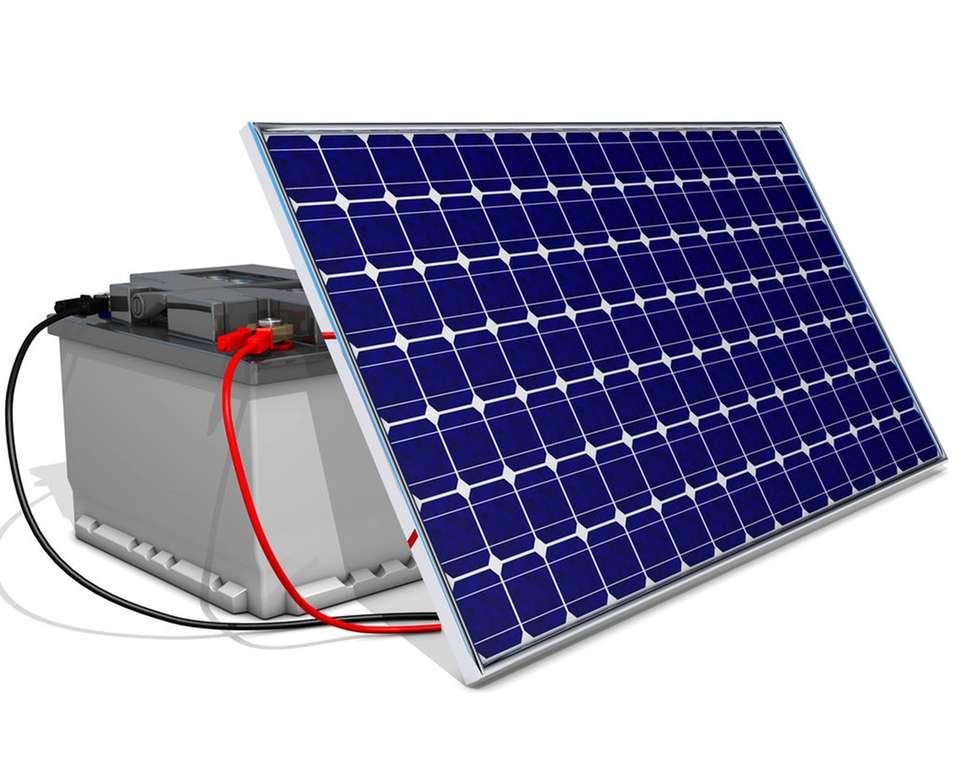
Net Metering Benefits
Net metering has big benefits. It can save money and help the grid. We harness all our solar power, regardless of immediate consumption. However, policies vary by location, and some areas may offer lower compensation rates for excess energy sent to the grid.
Myth 8: Solar Panels Are Unattractive and Decrease Property Value
I’ve found that this myth couldn’t be further from the truth. Modern solar panels have come a long way in terms of aesthetics, and they can increase your home’s value.
Modern Solar Panel Aesthetics
The designers of solar panels have advanced significantly. These days, we have solutions that match modern roofs perfectly, like black backing and frames. Some panels conceal wires for a more streamlined appearance by using back contact technology. Solar shingles and tiles are a solution for those wary of traditional panels. They are almost identical to conventional roofing materials.
Effect on the Valuation of a Home
Solar panels can greatly increase home value, not decrease it. Zillow’s research shows that homes with solar panels sell for 4.1% more than those without. This corresponds to a $9,274 rise in home value on average. There are markets where the premium can reach $23,989, like New York.
Integrated Solar Solutions
For homeowners who want a perfect fit, BIPV solar panels blend in with their surroundings. These innovative solutions can even include graphical layers to blend with the roof. We can now harness solar energy without harming our home’s look. Options include sleek black panels and solar tiles.
Myth 9: Solar Energy Production is Harmful to the Environment
I’ve found that this myth often stems from misunderstandings about solar panel production and lifecycle. Making solar panels indeed harms the environment. But, the benefits far outweigh the drawbacks.
Manufacturing Process and Sustainability
Solar panel production does involve energy-intensive processes and mining for materials. However, the industry is making strides in sustainability. Many manufacturers are adopting advanced technologies like PERC and bifacial modules to improve efficiency and reduce environmental impact.
Carbon Footprint Comparison
Solar panels use energy to make them. But, they offset their carbon footprint within about two years of operation. Solar energy is better than fossil fuels. It produces no greenhouse gases or air pollutants when generating electricity. This makes it a significantly cleaner energy source overall.
End-of-Life Recycling
We’re facing challenges with solar panel recycling, with about 90% currently ending up in landfills. However, efforts are underway to improve this. The Department of Energy’s National Renewable Laboratory found, with support, that recycled materials could meet 30%-50% of U.S. solar manufacturing needs by 2040.
Myth 10: Solar Technology is Not Advancing
Contrary to popular belief, I’ve found that solar technology is advancing rapidly. The solar industry pioneers advancements, unleashing fresh technologies in steady succession. In recent years, there have been remarkable improvements in solar panel efficiency. Just five years ago, the average efficiency was 19%, but now it’s about 21.4%, translating to 10% more electricity per panel. Some brands like SunPower, REC, and Panasonic offer panels with efficiencies above 22%.
These advancements are making solar energy more viable and cost-effective. The cost per watt for solar panels has dramatically decreased from $100 in the 1970s to between $2.41 and $3.66 in 2024. This trend is expected to continue, with the International Energy Agency predicting solar energy could become one of the cheapest electricity sources worldwide by 2030.


